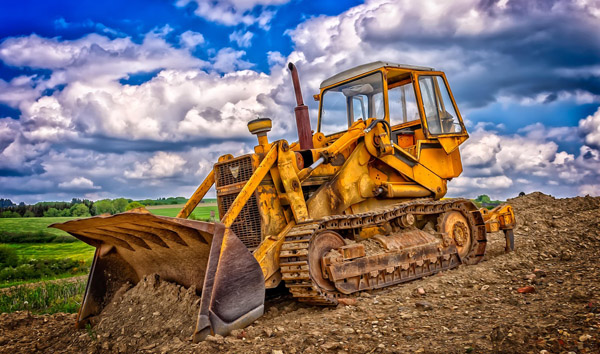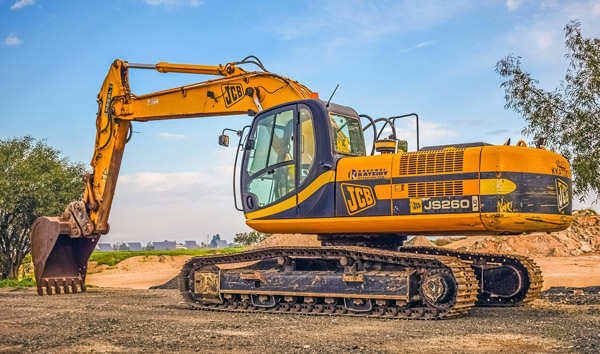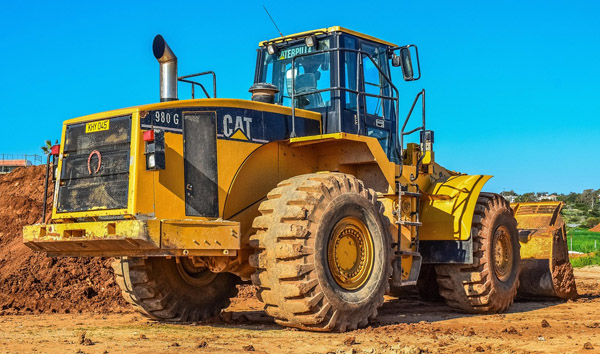The Future of Loaders: Efficiency and Automation in Construction
2025-07-28 04:05:27
The construction sector is undergoing a significant transformation, with loaders playing a pivotal role in modernizing operations. Recent data from the International Construction Equipment Association (ICEA) shows that global loader sales increased by 12% in 2023, driven by demand for automated and eco-friendly models. Loaders are no longer just heavy-duty machines; they are now integrated with AI and IoT for real-time monitoring and predictive maintenance.
One of the most notable advancements in loader technology is the shift toward electrification. Major manufacturers like Caterpillar and Komatsu have introduced electric loaders that reduce carbon emissions by up to 45% compared to traditional diesel models. These electric loaders also feature regenerative braking systems, which recover energy during operation, further enhancing efficiency. Industry analysts predict that by 2027, electric loaders will account for over 30% of the market share.
Automation is another key trend reshaping the loader industry. Autonomous loaders equipped with LiDAR and GPS can now perform repetitive tasks with minimal human intervention. A recent study by McKinsey & Company found that automated loaders improve productivity by 20% while reducing operational costs. These machines are particularly beneficial in hazardous environments, where human operators face significant risks.
Fuel efficiency remains a critical factor in loader design. Modern loaders incorporate advanced hydraulic systems and variable displacement pumps to optimize energy consumption. According to a report by Frost & Sullivan, next-gen loaders consume 15% less fuel than their predecessors, translating to substantial cost savings for construction firms. Additionally, hybrid loaders, which combine diesel and electric power, are gaining traction in markets with strict emissions regulations.
Looking ahead, the loader industry is set to embrace even more innovations, including AI-driven predictive analytics and 3D mapping for precision loading. As sustainability and automation continue to drive demand, manufacturers must prioritize R&D to stay competitive. With loaders becoming smarter and greener, the future of construction looks more efficient than ever.














